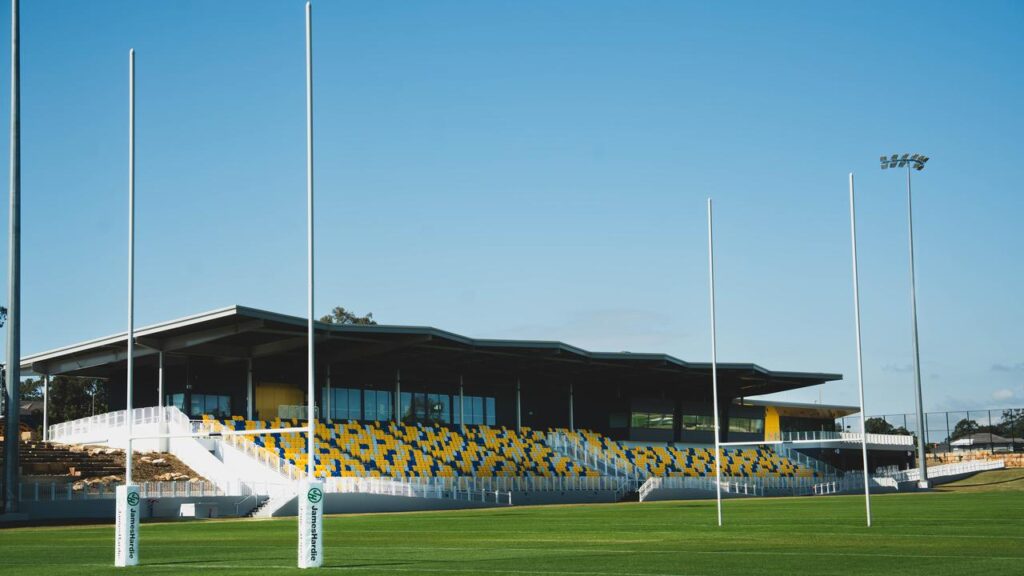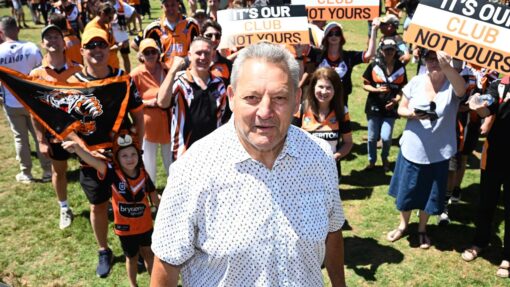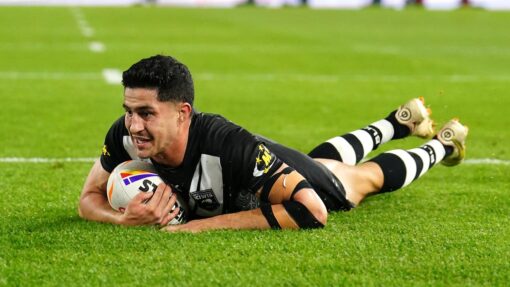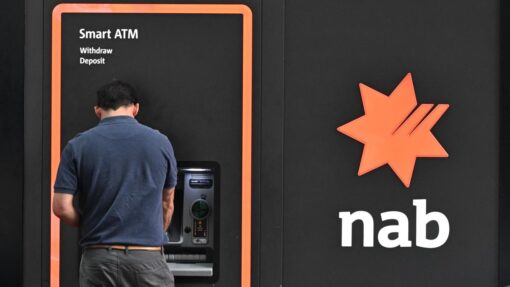How Liverpool and the Cowboys inspired Eels’ NRL oasis
Jasper Bruce |

Parramatta have officially opened the biggest oasis in rugby league history, inspired by English football giants Liverpool and the NFL’s Dallas Cowboys.
The Eels’ centre of excellence is built on 11 hectares of land in the northwestern Sydney suburb of Kellyville, boasting five footy fields at a cost a hefty $70 million tipped in by three levels of government and the Parramatta Leagues Club.
Inside, there’s a 1000 sqm state-of-the-art gymnasium, a 60-seat theatre, an aquatic recovery centre with saunas – added at the players’ request – and even a podcast studio.

It’s a far cry from the Old Saleyards Reserve in North Parramatta, the public park where the Eels trained when Jim Sarantinos first became chief executive.
Sarantinos remembers walking into the team meeting room for the first time in 2016.
“The chairs that were in there were plastic chairs from Bunnings and it was so tight that players were kind of falling off and stumbling off the chairs,” he said ahead of Friday’s clash with Manly.
“Credit to them, the coaches and the players never used it as an excuse for performance, but at some point it does have an impact.”
As the Eels began dreaming of a new home, Sarantinos travelled far and wide to visit similar facilities at elite sporting clubs.

NRL rivals North Queensland had been building their centre of excellence about the same time the Eels were finalising their plans, so they became a sounding board for Parramatta.
Sarantinos also dropped into Premier League facilities in England – including those of his favourite team Liverpool – and the Dallas Cowboys’ centre, which opened in 2016 at the staggering cost of $US1.5 billion.
Two things became clear on his travels. First, the Eels’ major challenge would be creating a similar sanctuary on a smaller budget.
“It is about picking up things, different ideas that can be applied in our context,” Sarantinos said.
One such touch was to include American sports-style premiership banners in the gymnasium to commemorate the club’s four grand-final wins.

Secondly, it was important to pay homage to the club’s history in this kind of building.
“That was a pretty common theme for a lot of the facilities that we visited. Each organisation has done it in their own different way,” Sarantinos said.
For the Eels, the centre of excellence features a wall that displays the name of every player to represent the club at either NRL and NRLW level.

Eels champion Peter Sterling spent about half an hour making his way across it on his visit to the club, and was one of a number of club legends to donate historic gear to display at the centre.
The centre’s theatre has been christened “Jack’s Bus” – a reference to three-time premiership-winning coach Jack Gibson, who used to gather his team for meetings on a decommissioned bus during his tenure in charge.
The Eels are also looking to the future.
Sarantinos’s hope is NRLW games could be held at the centre from 2026, with a 1500-seat grandstand helping the club host more than 3000 fans if required.
“Obviously we’d love for the NRLW to grow where facilities like this are too small to accommodate NRLW games, but while we’re still going on that growth trajectory … there’s no reason why our facility wouldn’t be able to accommodate games,” Sarantinos said.
AAP


